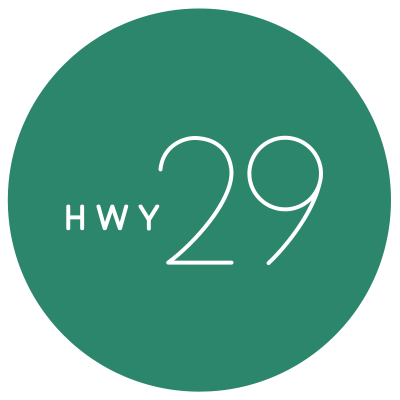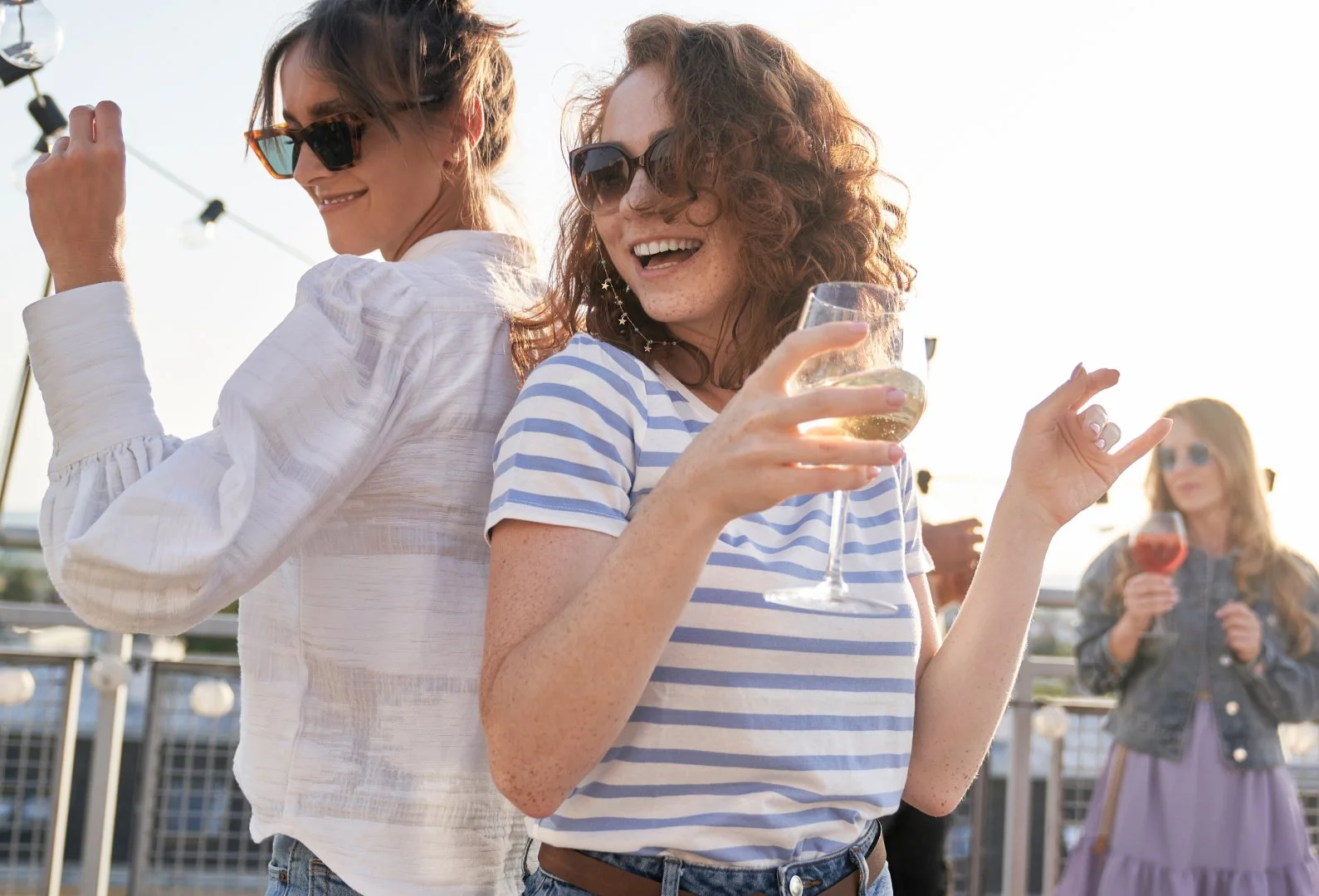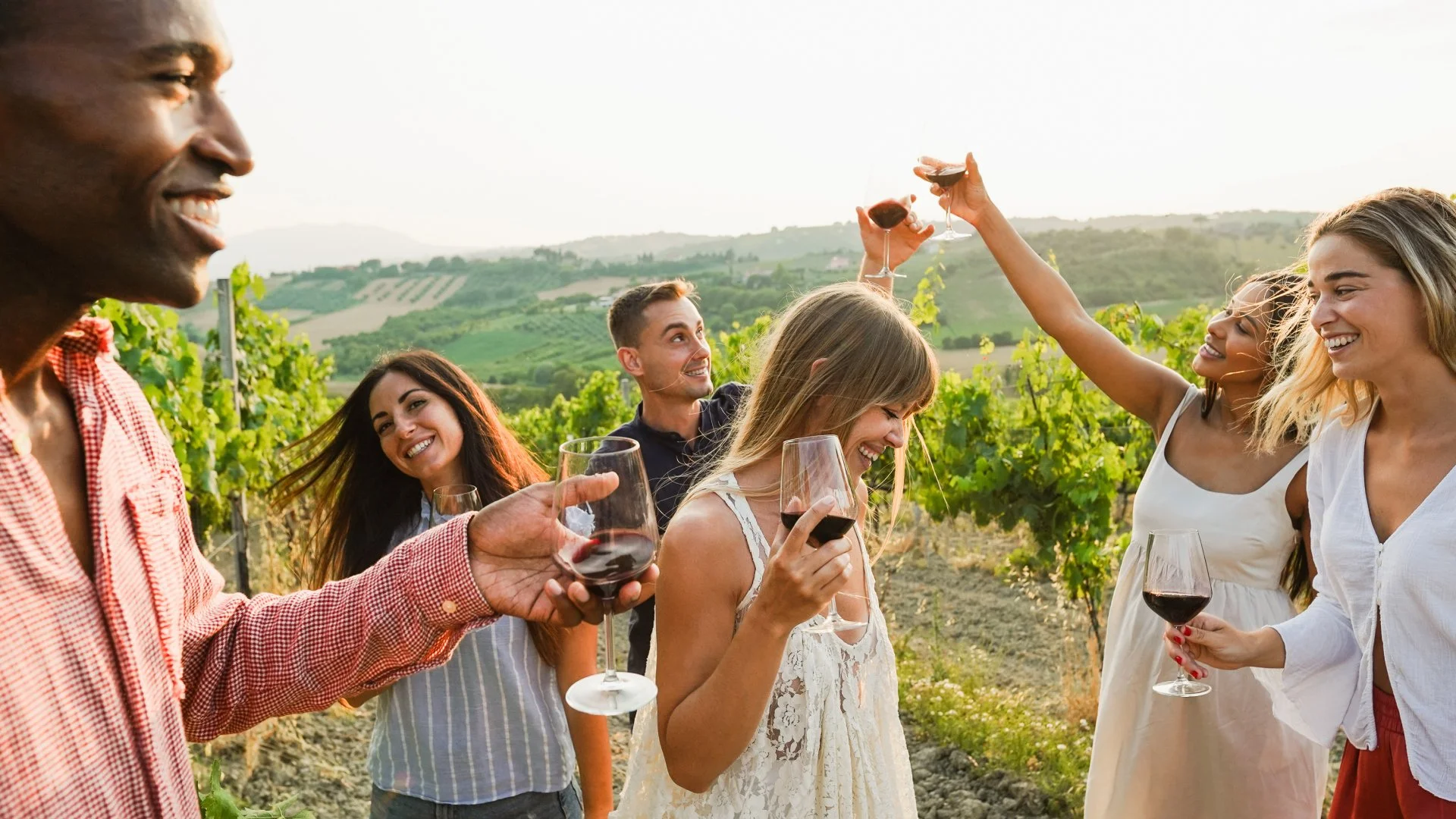Millennial-Focused Wine Marketing: Connecting with Gen Z & Gen Y Consumers
Your Current Marketing Won't Work for Younger Wine Drinkers
The generational shift in wine consumption is happening faster than most wineries are prepared to handle.
According to Wine Intelligence's US Wine Consumer Trends 2025 report, millennials will surpass baby boomers as the largest wine-consuming demographic by value this year. Meanwhile, the oldest members of Gen Z (born 1997-2012) are now turning 28 and developing their own distinctive wine preferences.
The problem? Most wineries continue marketing as if their primary audience is still over 55. The messaging, channels, and tactics that worked for boomers actively repel younger buyers.
Let's examine what actually works when marketing to these crucial demographics.
What Younger Wine Consumers Actually Want
Millennial Wine Drinkers (Ages 29-44)
Millennials approach wine fundamentally differently than their parents:
What They Value:
Transparency about production methods and ingredients
Sustainable and ethical business practices
Stories over technical specifications
Unique, shareable experiences
Purchase Behavior:
62% research wines online before purchasing (Wine Intelligence, 2024)
47% have purchased wine through social media (Nielsen, 2024)
More likely to join wine clubs with flexible options and clear value
Lululemon didn't become a billion-dollar brand by simply selling yoga pants; they created community and lifestyle associations. Similarly, the wineries succeeding with millennials aren't just selling bottles—they're selling belonging, values, and identity.
Gen Z Wine Drinkers (Ages 21-28)
The newest legal drinkers bring even more disruption:
What They Value:
Social and environmental responsibility as non-negotiable
Visual aesthetics and "Instagrammable" experiences
Flavor experimentation and category blending
Peer validation through social sharing
Purchase Behavior:
54% prefer lower-alcohol wine options when available
76% discover new wines through social media influencers
Less brand loyal, more likely to explore widely
Beauty brand Glossier built a cult following by turning customers into marketers. The wine brands capturing Gen Z are similarly creating products and experiences specifically designed to be shared on platforms like TikTok and Instagram.
Digital Touchpoints That Actually Convert
Channels Worth Your Investment
Not all digital channels deliver equal results for wine brands. Based on conversion data from multiple DTC wine clients, these channels provide the strongest ROI:
Best for: Visual storytelling, behind-the-scenes content, lifestyle integration
Content that works: Vineyard beauty shots, winemaker profiles, serving suggestions
Advertising approach: Target interest groups around food, travel, and sustainability
TikTok
Best for: Reaching 21-28 year olds, creating viral moments, demystifying wine
Content that works: Educational wine hacks, personality-driven content, trend participation
Advertising approach: Focus on shorter videos (<15 seconds) with clear hooks
Email & SMS
Best for: Converting interest to purchase, maintaining relationships between visits
Content that works: Personalized recommendations, time-sensitive offers, event invitations
Approach: Segment by purchase behavior and preference, not just age
YouTube
Best for: In-depth education, searchable wine content, building thought leadership
Content that works: Wine pairing guides, virtual tastings, vineyard tours
Advertising approach: Pre-roll ads targeting cooking and entertaining content
The outdoor brand REI excels at meeting customers across multiple touchpoints with consistent messaging. Your winery should similarly ensure that your Instagram aesthetic, email tone, and website experience feel cohesive rather than disconnected.
Learn how mobile optimization can dramatically improve your digital wine marketing
Five Messaging Strategies That Resonate
1. Show, Don't Tell, Your Sustainability Story
Younger wine consumers are skeptical of vague environmental claims.
What works:
Specific practices ("We reduced water usage by 40% through dry farming")
Visual evidence (composting systems, cover crops, solar installations)
Third-party certifications with explanations of their meaning
What fails:
Generic claims ("We care about the environment")
Sustainability as a footnote rather than core value
Highlighting only end results without showing the process
2. Create Accessible Wine Education
Millennials and Gen Z want to learn about wine without the pretension.
What works:
Bite-sized, shareable wine facts
Visual guides to tasting notes and pairings
Comparison content ("If you like X, try Y")
Humor that pokes fun at wine stereotypes
What fails:
Technical jargon without explanation
Assumption of prior knowledge
Content that makes novices feel inadequate
3. Emphasize Experience Over Product
The youngest wine drinkers value what they can do with wine over what they own.
What works:
Showcasing how your wine enhances gatherings
Spotlighting tasting room experiences
User-generated content of consumers enjoying your wine
Positioning wine as part of memorable moments
What fails:
Focus solely on awards and accolades
Technical production details without emotional hooks
Product-only photography without human elements
4. Leverage Authentic Personalities
Personal connections drive purchasing decisions for younger consumers.
What works:
Winemaker Q&As showing genuine personality
Day-in-the-life content from the vineyard
Values-driven storytelling about why you make wine
Employee spotlights showing company culture
What fails:
Corporate voice and stock photography
Faceless brand communication
Inconsistent tone across channels
5. Harness Social Proof Strategically
Recommendations drive discovery for both millennials and Gen Z.
What works:
Micro-influencer partnerships with authentic wine enthusiasts
Customer reviews and testimonials prominently featured
User-generated content galleries on product pages
Community building around shared interests
What fails:
Celebrity endorsements without genuine connection
Hiding negative reviews instead of addressing them
Missing opportunities to thank and engage with advocates
Discover how to build stronger relationships with your customers through personalized marketing
Three Acquisition Tactics Worth Testing
1. First-Purchase Incentives With Delayed Gratification
Tactic: Offer small immediate discount (10-15%) on the first purchase with a larger reward (25%) on the second purchase within 60 days
Why it works: Creates two positive touchpoints instead of one, establishes a purchase pattern
Meal kit brand HelloFresh uses this exact approach, offering a modest initial discount but saving the largest incentives for the second and third orders. This drives not just acquisition but also retention.
2. Friend-Based Referrals
Tactic: Reward both referrer and new customer with complementary benefits (free shipping + 10% off)
Why it works: Leverages trusted peer recommendations, which convert at 5x the rate of traditional advertising for millennial consumers
Venmo built its entire user base through friend referrals with minimal traditional marketing. Your winery can similarly grow through strategic incentivization of natural word-of-mouth.
3. Limited-Run Collaborations
Tactic: Partner with complementary brands (local food artisans, artists, musicians) on special releases
Why it works: Creates urgency, expands audience through partner's followers, generates social media conversation
Streetwear brand Supreme built its entire business model around limited drops and unexpected collaborations. While you don't need to create artificial scarcity, special collaborative releases can drive significant interest from younger buyers.
Measuring What Matters
Focus on these key performance indicators when evaluating the success of your younger consumer marketing:
Acquisition Metrics:
Channel-specific traffic (where are younger visitors coming from?)
First-time purchase conversion rate
Customer acquisition cost by age segment
Engagement Metrics:
Content engagement by format and platform
Email open and click rates by age segment
SMS response rates and conversions
Retention Metrics:
Second purchase rate within 90 days
Wine club conversion rate
Referral program participation
Direct-to-consumer fitness brand Peloton attributes much of its success to obsessive measurement of these metrics, allowing them to double down on high-performing acquisition channels while quickly abandoning underperforming tactics.
Your 60-Day Millennial Marketing Jumpstart
Don't try to overhaul everything at once. Start with these prioritized steps:
Days 1-15: Assessment
Audit your Instagram and TikTok presence
Analyze website traffic by age demographic
Survey recent millennial/Gen Z customers
Review competitors successfully targeting younger consumers
Days 16-30: Content Foundation
Create winemaker profile content
Develop short-form educational videos
Update product descriptions to emphasize experience
Build segmented email templates for different age groups
Days 31-45: Channel Activation
Launch targeted Instagram campaign
Test TikTok organic content approaches
Optimize website for mobile experience
Days 46-60: Measurement & Optimization
Analyze initial campaign results
Adjust messaging based on engagement
Scale successful channel tactics
Develop ongoing content calendar targeting younger segments
The wineries that thrive in the next decade won't be those with the most prestigious history or the highest scores. They'll be the ones who successfully connect with younger wine drinkers on their own terms, through their preferred channels, with authentic messaging that resonates with their values.
The question isn't whether your winery should focus on millennial and Gen Z consumers, it's whether you'll do it now, on your terms, or be forced to play catch-up later.



